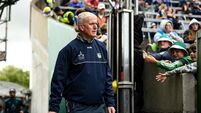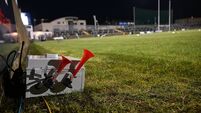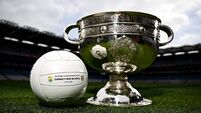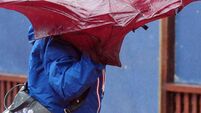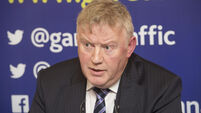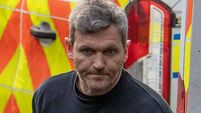Donncha Fahey: Tipperary and Waterford never a cut-throat rivalry

onncha Fahey gestures behind his head, off right.
“It’s immediately County Waterford, once you go over the bridge,” he says. We are chatting in his office in Bank of Ireland on Main Street, Carrick-on-Suir. Fahey has been branch manager since December 2014. Although we are sitting in County Tipperary, over beyond is no further than the proverbial stone’s throw.




